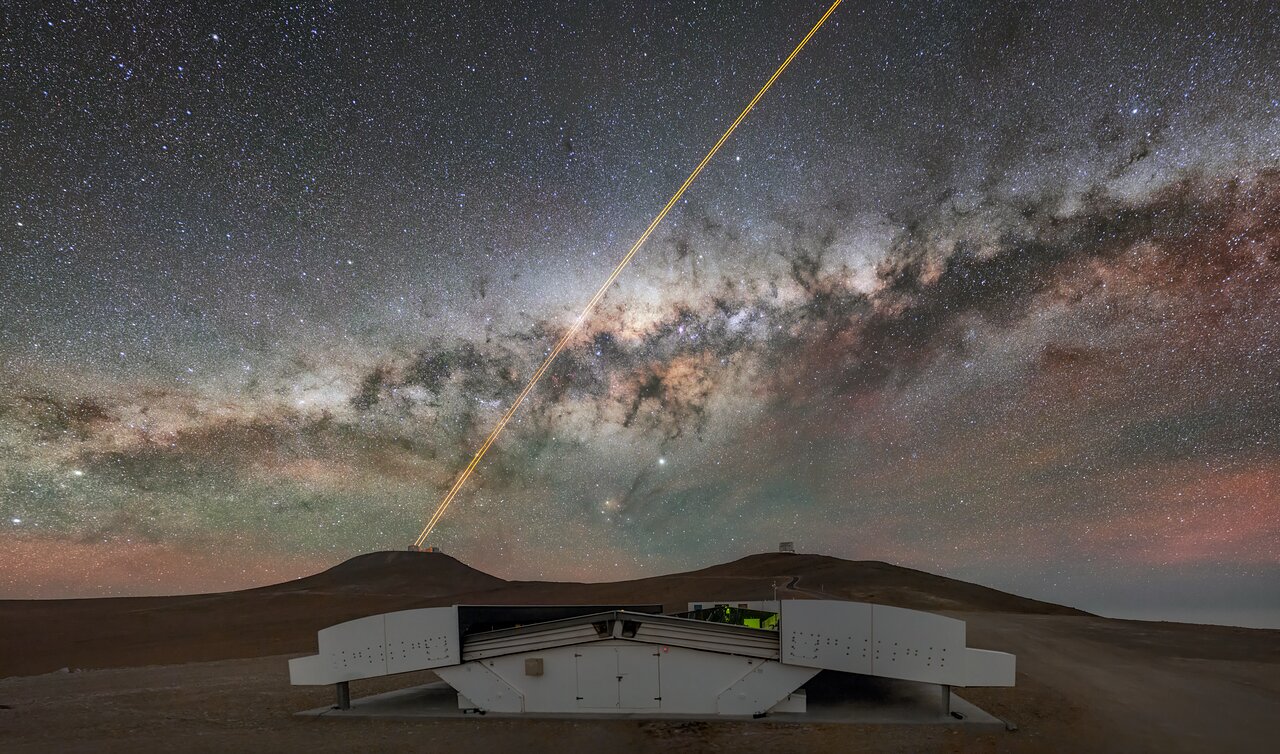ABOUT NGTS DATA

- NGTS data are proprietary to members of the NGTS consortium for one year after the completion of a survey season.
- However, we welcome enquiries from astronomers and institutes interested in joining the NGTS consortium and participating in our working groups. Since NGTS operations are funded by STFC, we particularly encourage enquiries from UK scientists.
- NGTS data are also made publicly available though the ESO Data Archive. To date we have made two data releases: the first in November 2018, which included 32 billion measurements covering 200,000 stars; and the second in July 2020, with 110 billion measurements covering 600,000 stars.
- If you would like advice on using NGTS data in your research, please don't hesitate to contact us.
- Please note that any publications making use of NGTS data must include the following acknowledgment: "This work is based on data collected under the NGTS project at the ESO Paranal Observatory. The NGTS facility is operated by a consortium institutes with support from the UK Science and Technology Facilities Council (STFC) under projects ST/M001962/1, ST/S002642/1 and ST/W003163/1."
ACCESSING NGTS DATA

- NGTS data is made public through the ESO Archive service.
- The NGTS fields are surveyed intensely but scattered apparently randomly across the sky. Consequently, a cone/box search for individual objects is not a natural way to access the data.
- From the source catalogue query page, hitting the "Search & View" button (without including any coordinates) returns a list of all objects in the data release, which can be downloaded in a range of formats.
- If the Sesame name resolver doesn't resolve the name of your target, you can try typing the coordinates of any of the sources returned above, which should take you to back to the catalogue entry and confirms the cone search is working.
- If you the put the source ID of one of these objects into the light curve catalogue query page, you can see and download the actual photometry.
- It is also possible to browse the sky footprints of NGTS using the ESO Science Portal (Processed data), by selecting eg. the NGTS filter from the Filter/Band list on the left panel of the page.
- Documentation of the most recent data release is available here and includes a list of the fields and other useful information.